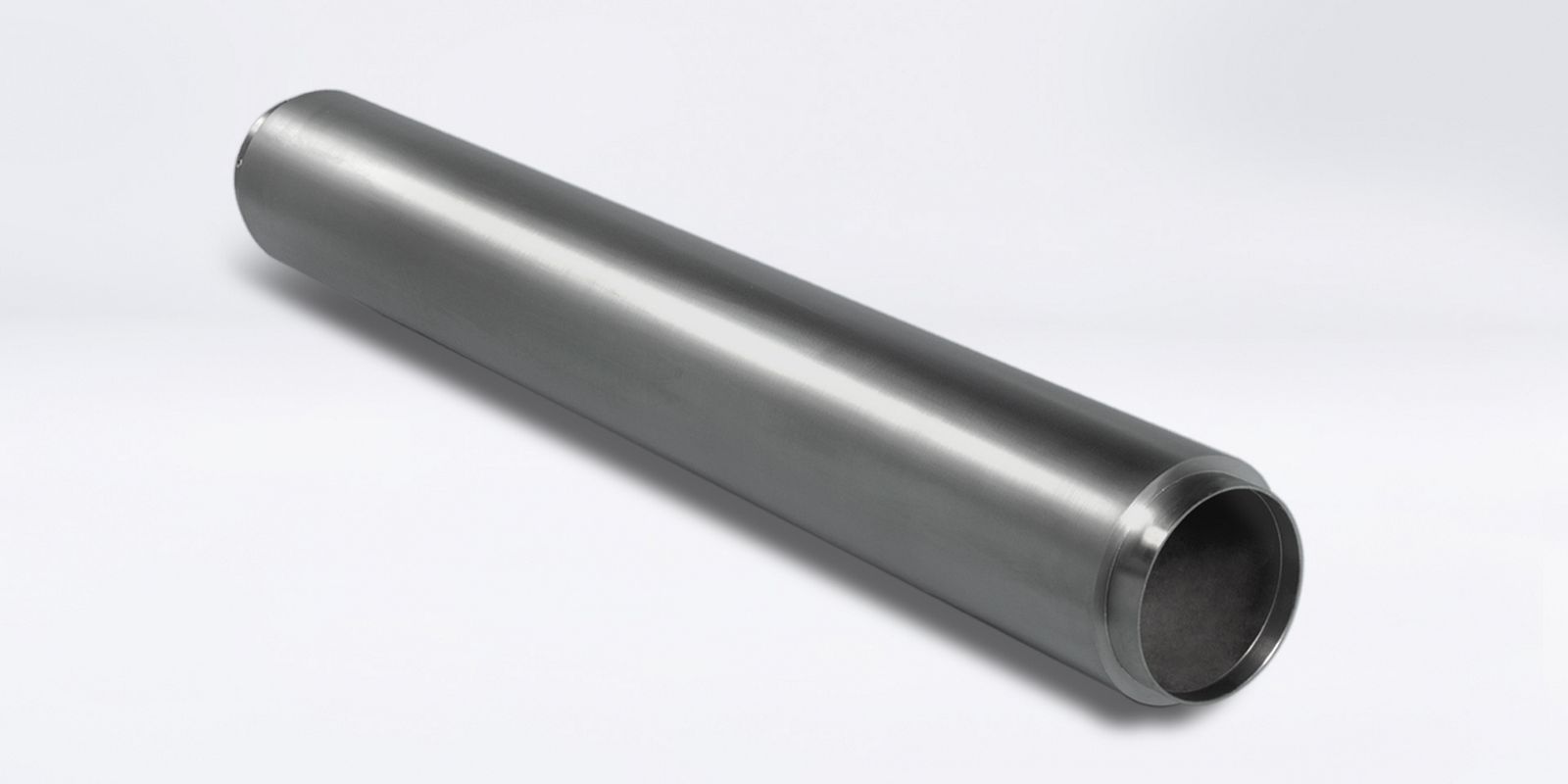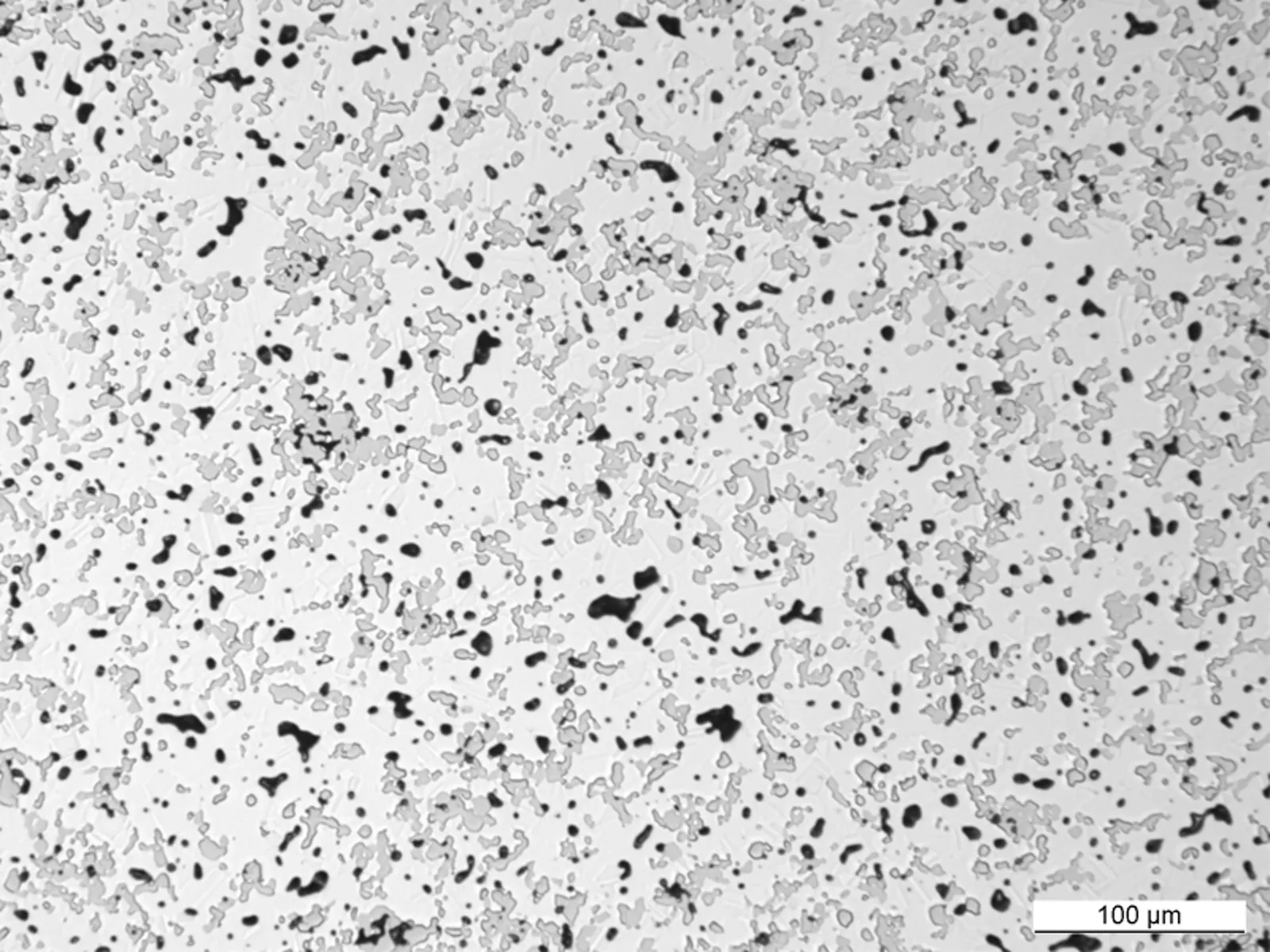Homogeneity and density: what needs to be taken into account with sputtering targets
One example of our tungsten alloys for smart glass is tungsten-nickel sputtering targets. Conventional tungsten-nickel targets are manufactured by means of a spraying process. The disadvantage of this approach is that the element nickel is not evenly distributed throughout and the material density of sprayed targets is usually in the range of < 95%.
But what does this mean for the user? Unevenly distributed nickel produces ferromagnetic areas of pure nickel in the sputtering target. These impair the sputtering behavior and affect the quality of the electrochromic layer as a result of uneven sputtering rates or a deviating chemical composition.
A low material density limits the possible strength of the sputtering target to just a few millimeters of usable material, which results in the frequent replacement of the sputtering target. We manufacture our tungsten-nickel sputtering targets by means of a powder metallurgical process. Every step of the manufacturing process, from the metal powder through to the finished product, is performed in-house at our own facility. With a density of over 95%, sputtering targets with a thickness of up to 18 mm can be produced from our material. The durability of our sputtering targets guarantees a longer service life throughout the application process. It is therefore no longer necessary to frequently replace the targets.




